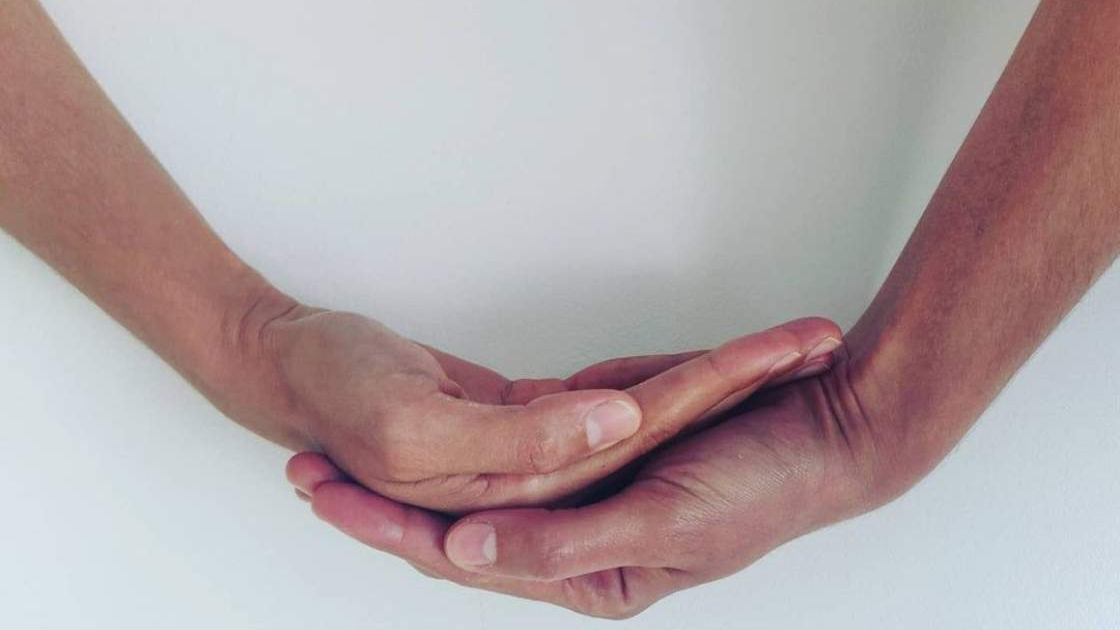Mudra is a Sanskrit word that signifies one’s current attitude. It represents a symbolic gesture, often involving movements of the hands or fingers. Numerous mudras are linked to yoga poses or physical exercises, which have a positive impact on the entire body and overall system. Unlike these practices, yoga poses and physical exercises offer long-term benefits for the body.

I have heard several success stories from people who have experienced tremendous benefits from practicing mudra or yoga exercises. These practices are considered long-term investments in your health and well-being, as they have the potential to heal and benefit your body over time. The energetic effects of these exercises have a positive impact on our body, mind, and attitude. In fact, certain mudras have shown to make a significant impact on our overall well-being, affecting our body, mind, and soul.
One of the mudras often practiced is Bhairavi Mudra, which is also referred to as Shiva or Shakti Mudra. Bhairav represents a formidable and fearsome form of Shiva, showcasing his immense power. It highlights why Lord Shiva is worshipped and admired for his strength. The Bhairavi Mudra helps bring forth that strength and power. In this article, we will explore the meaning of Bhairavi Mudra, the steps to perform it, and the associated health benefits.
The Bhairavi mudra is considered a secret mantra by many devotees of Lord Shiva and his Shakti. It is a form of physical exercise specifically designed for these worshippers, who are commonly known as “Bhairavi.” Now, the question arises: how does one perform this Bhairav Mudra?
How To Do Bhairava Mudra:
To begin any exercise, find a comfortable position. You can sit in padmasana or lotus pose by folding both your legs and sitting on the floor. It’s recommended to use a light mat or carpet to avoid direct contact with the floor, as the radiation from the floor may negatively affect your physical system.
Keeping your posture straight is crucial for any yoga form or mudra exercise. It helps relax and relieve anxiety and stress. You can choose to close or open your eyes based on your comfort level. Personally, a closed eye enhances concentration and meditation, but the choice is entirely up to you.
Now, extend both your hands outward and place your right hand on top of your left hand. There are two main variations of this exercise. When the right hand is on top, it is called Bhairava Mudra, and when the left hand is on top, it is referred to as Bhairavi Mudra.
Bhairava Mudra Benefits:
- The Bhairavi Mudra promotes harmony and balance between the brain hemispheres.
- It helps maintain equilibrium between the left and right brain.
- This balance is essential for optimal brain functioning.
- The mudra also alleviates opposing forces and tensions.
- Overall, it supports brain health, emotional well-being, and a harmonious state of being.
Long practising or doing this Bhairavi exercise brings stability and a sort of mediation to your entire body and inner self. This exercise has been found to be beneficial for individuals who experience regular anxieties and mood swings. Therefore, incorporating this mudra pose into your routine can be very helpful, especially during times of high stress.
